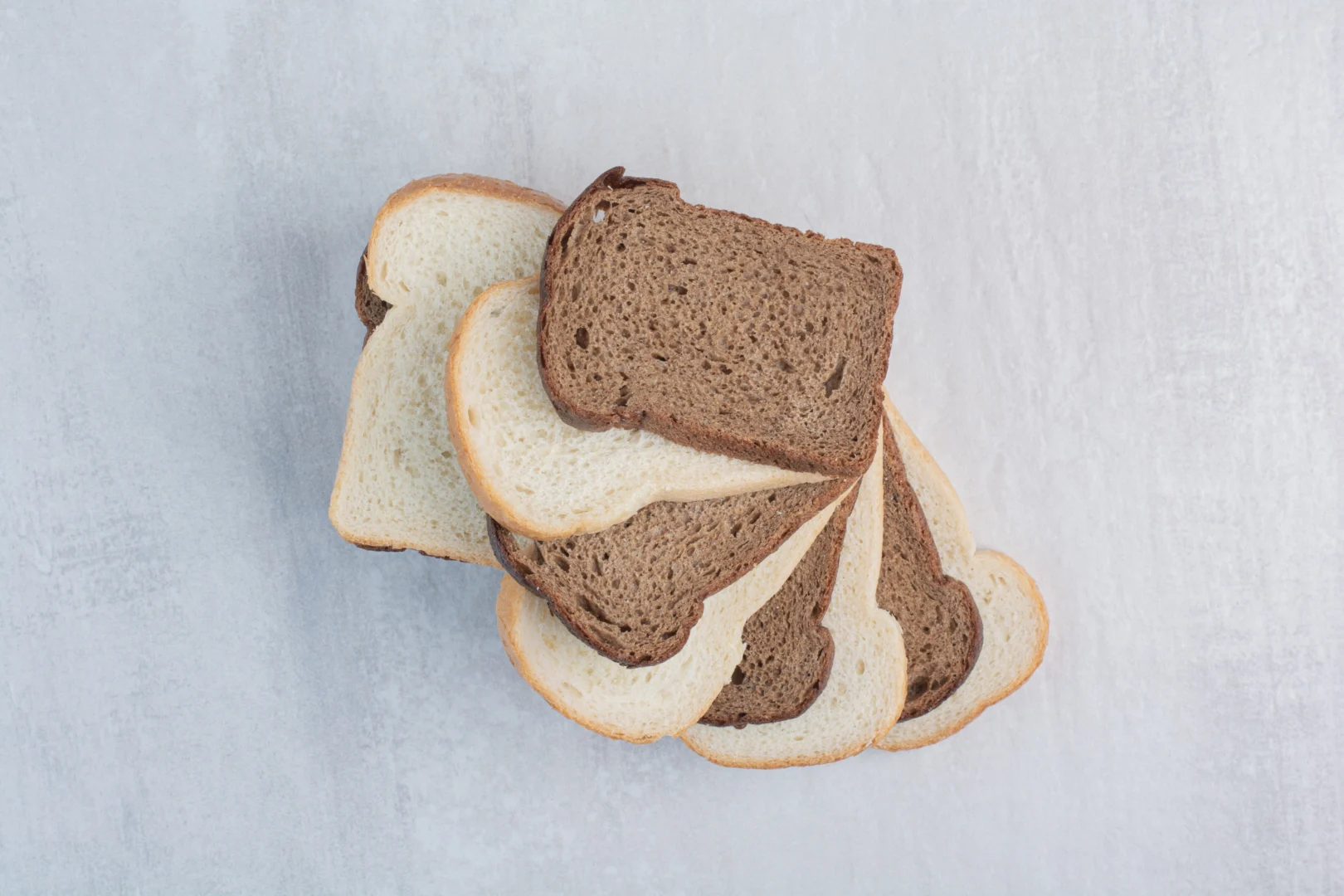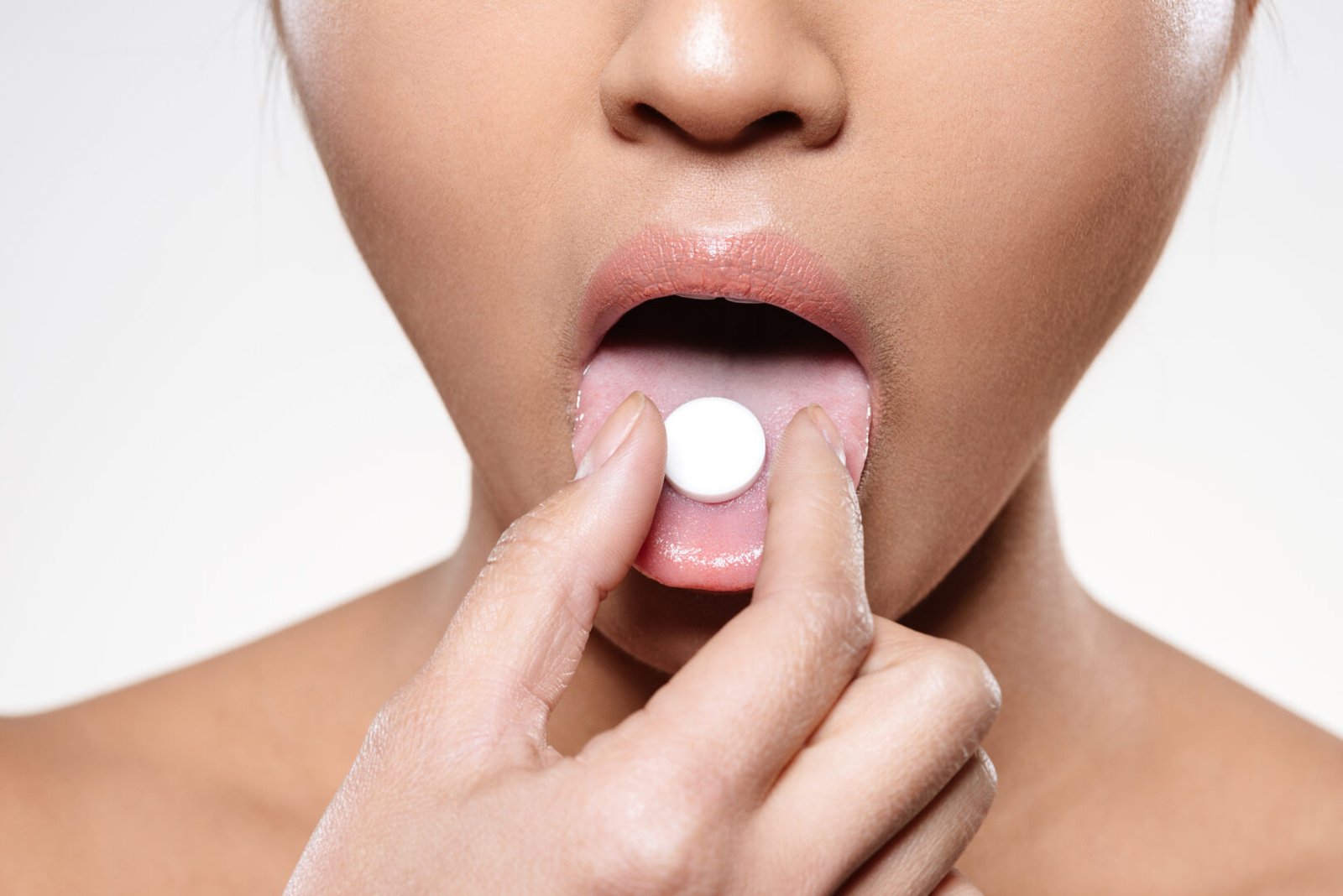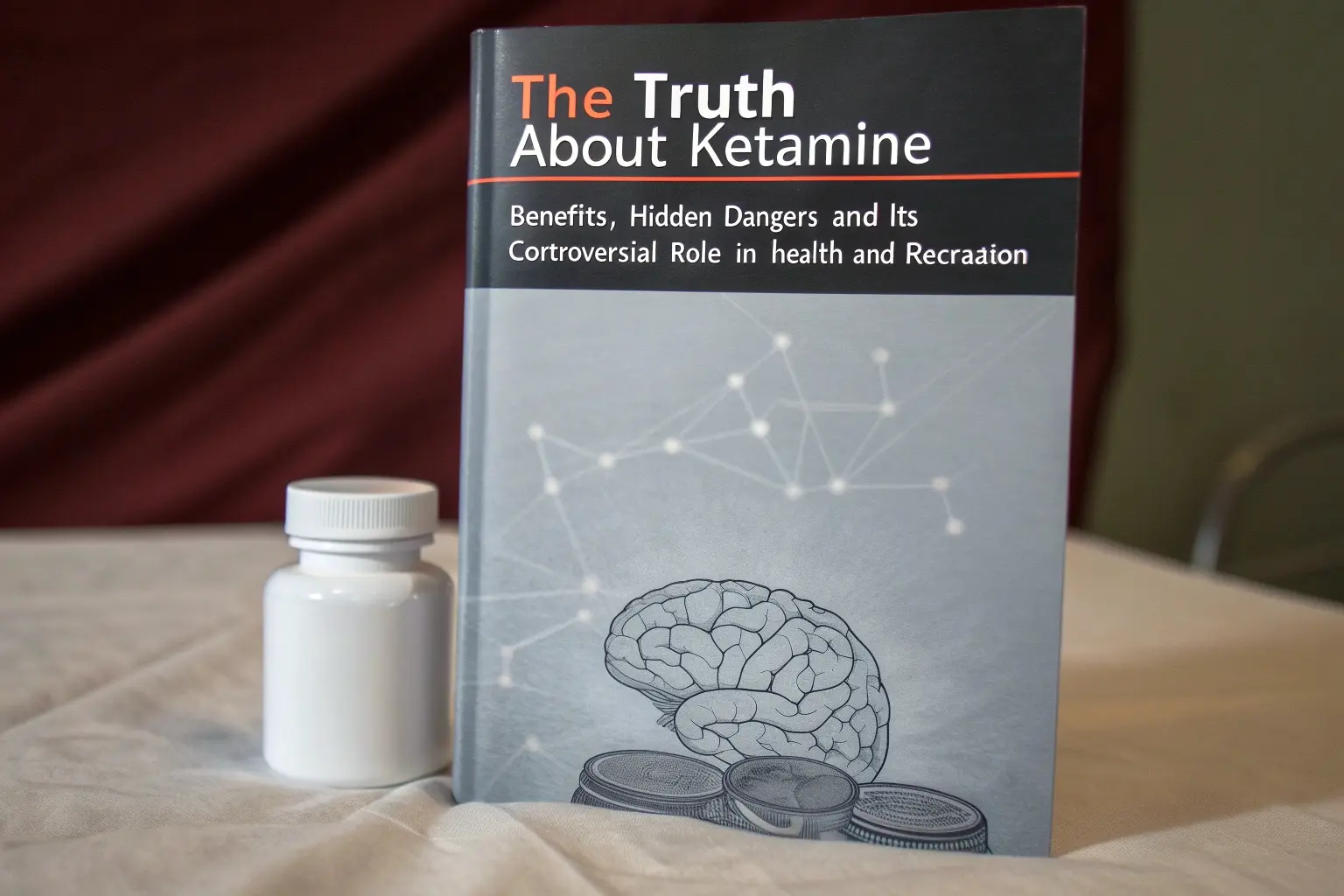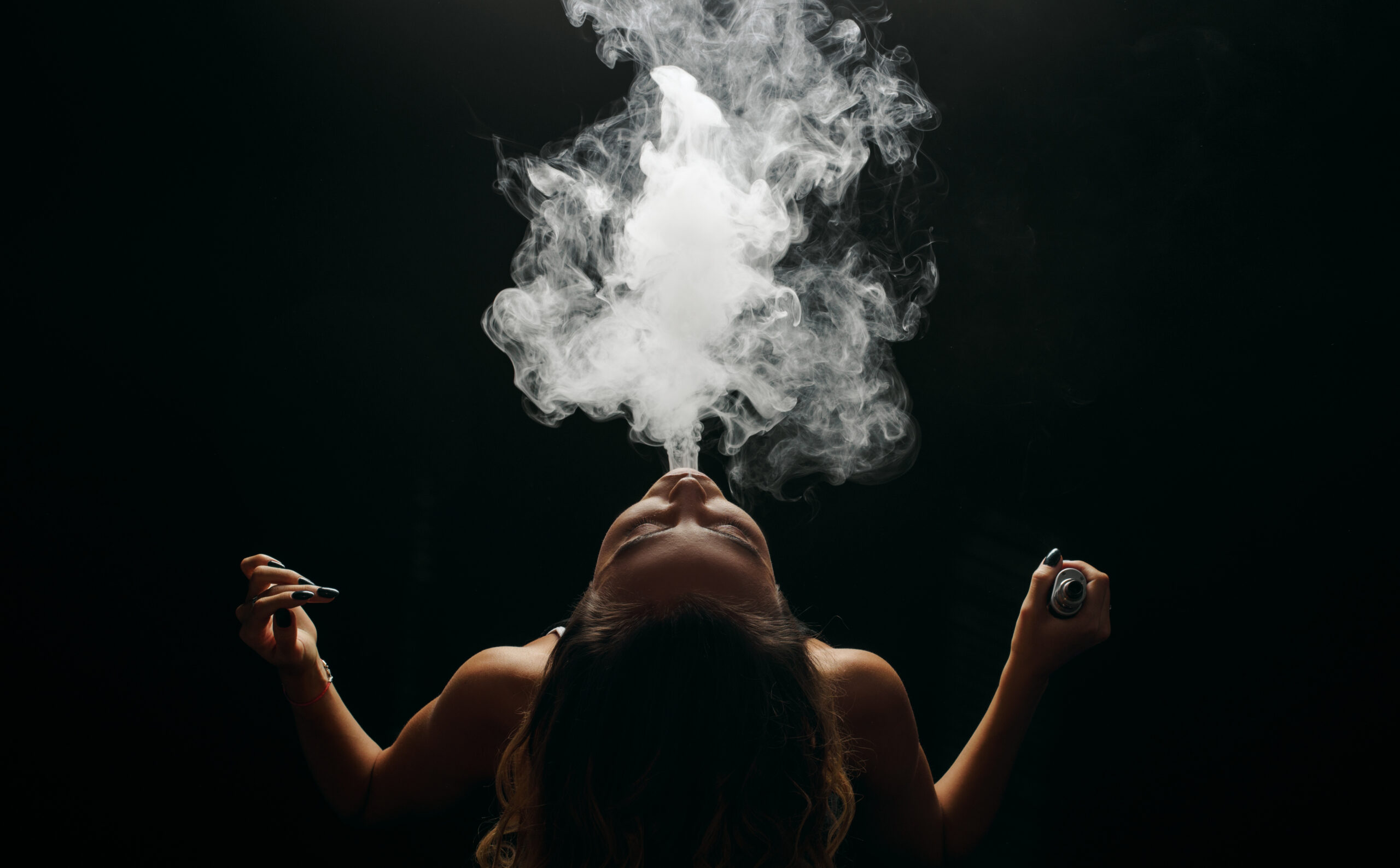Dry? Oily? Confused? Here’s What Finally Helped Me Get My Skin Together
I spent years battling my skin until I stopped chasing trends and started listening. Understanding my skin type, heritage, habits, and stress changed everything—and finally brought real results.
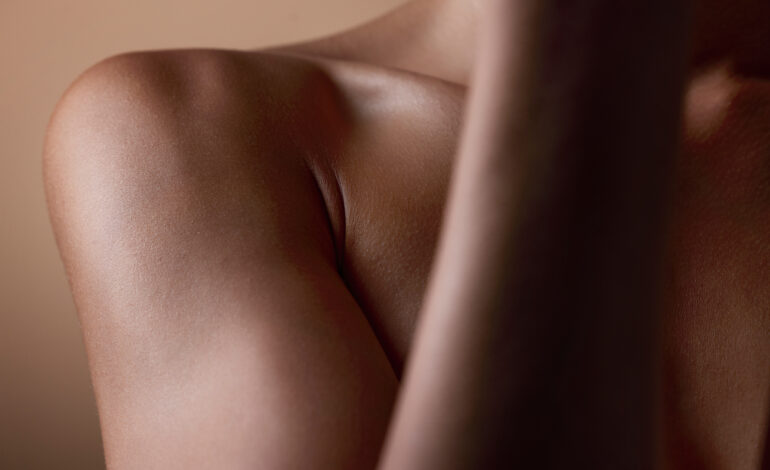
My skin used to be a riddle I couldn’t solve.
One week it felt dry and tight, the next it was oily and irritated. I bought the fancy serums. I followed the “clean girl” routine. I tried slugging. I tried skipping. And still, my skin never felt like mine.
Everything changed when I stopped trying to “fix” my skin and started understanding what kind of skin I actually had—and how things like race, sun, stress, and even my diet were part of the story.
Understanding Skin Type: The Starting Line
The first step to better skin isn’t buying new products. It’s knowing your type. And not just guessing. Here’s the basic breakdown:
- Dry Skin: Feels tight, rough, flaky. Struggles to retain moisture.
- Oily Skin: Shiny by mid-morning, prone to blackheads and breakouts.
- Combination Skin: Oily T-zone, dry cheeks or chin. Confusing and often misdiagnosed.
- Sensitive Skin: Reacts quickly to products or weather. Can be dry, oily, or both.
- Normal Skin: Balanced, smooth, few breakouts. (It exists. Rare, but real.)
Knowing your type changes everything. You stop overbuying. You stop panicking. You treat what’s actually happening—not what’s trending.
Skin & Race: What Genetics Actually Do
Let’s talk genetics—because yes, race and ethnicity can influence skin health, but not in the ways most people think.
- Melanin-rich skin (Black, South Asian, Middle Eastern, etc.) tends to age slower, wrinkle less, and naturally protects against UV damage—up to an SPF 13 built in. But it’s more prone to hyperpigmentation, keloids, and visible scarring.
- East Asian skin often has a thicker dermis and slower aging signs but can be more reactive to pollution and has a higher risk for melasma and sun spots.
- Lighter skin (European backgrounds) tends to wrinkle sooner, is more prone to UV damage, and needs strict sun protection, but typically shows less visible scarring or discoloration.
- Latinx and mixed-heritage skin often straddles traits—sometimes oily with sensitive patches, and frequently prone to uneven tone if not protected from the sun.
No skin type is “better” or “worse”—but each comes with unique needs. Recognizing that is a huge step toward real care.
Sun Exposure: Friend and Foe
Let’s kill the myth first: the sun is not your enemy. But it’s also not your friend without rules.
- 15 minutes of unprotected sun exposure a day can help with Vitamin D production, mood, and hormonal balance.
- But more than that? Without SPF, it’s a fast track to collagen breakdown, pigmentation, and premature aging—no matter your skin tone.
Yes, even dark skin needs sunscreen. The biggest skincare lie I ever believed was that I didn’t. I now use a mineral-based SPF 30+ daily, and my skin tone has evened out dramatically.
Can Food Mess with Your Skin? Absolutely.
I used to roll my eyes at this. I thought breakouts were about bacteria, not bagels. Then I cleaned up my eating and my skin cleared right along with it.
What to watch for:
- Dairy: Common trigger for hormonal acne, especially around the chin and jawline.
- Sugar and refined carbs: Spike insulin, which increases oil production and inflammation.
- Whey protein: Big culprit in body acne—especially in young adults.
- Processed oils (like soybean or canola): Can throw off your omega-3 to omega-6 ratio, increasing skin inflammation.
What helps:
- Omega-3s (salmon, flaxseed, walnuts)
- Antioxidants (berries, leafy greens, green tea)
- Zinc-rich foods (pumpkin seeds, chickpeas, eggs)
- Water. And no, coffee doesn’t count.
Stress and Skin: The Silent Saboteur
When I’m stressed, my skin knows before I do.
Stress increases cortisol, which can trigger breakouts, dry you out, or inflame rosacea and eczema. It also affects your gut—and guess what? Your skin is your gut’s way of showing its receipts.
How to manage it:
- Short walks. Every day. Especially in sunlight.
- Magnesium supplements (or leafy greens and almonds).
- Real sleep. Not doom-scrolling sleep.
- Limit caffeine when you’re already anxious.
A Few Products That Actually Work (For Most People)
Not a sponsored list. Just things that are gentle, affordable, and clinically backed.
- CeraVe Hydrating Cleanser (Dry/Sensitive skin)
- La Roche-Posay Toleriane Cleanser (All types, especially combo)
- The Ordinary Niacinamide 10% + Zinc (Oily/Acne-prone skin)
- Paula’s Choice BHA Liquid Exfoliant (Clogged pores, blackheads)
- EltaMD UV Clear SPF 46 (Sensitive, acne-prone skin)
- Vanicream Daily Facial Moisturizer (For literally everyone)
The real magic is using fewer things well, consistently—not chasing new products every month.
Read About: A Topical Approach to Slowing Systemic Signs of Aging
Your Skin Is Talking—You Just Have to Listen
My skin only started improving when I stopped chasing what worked for someone else and started tuning into what mine needed.
Dry one day? I feed it hydration.
Breaking out? I scale back and simplify.
Tired? I skip makeup and get some air.
This isn’t a perfect routine. It’s a conversation. And the longer I listen, the clearer my skin—and my confidence—become.




